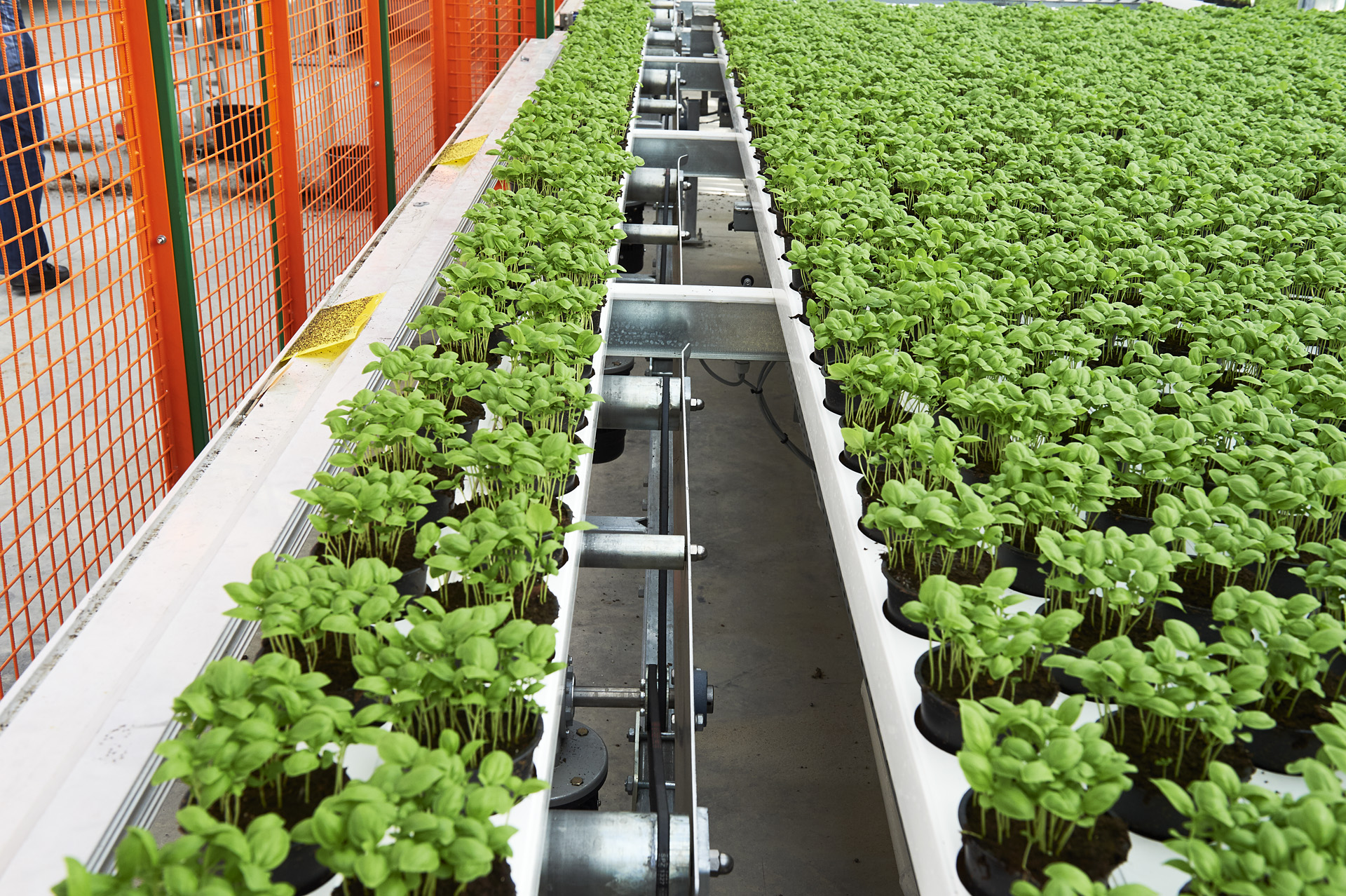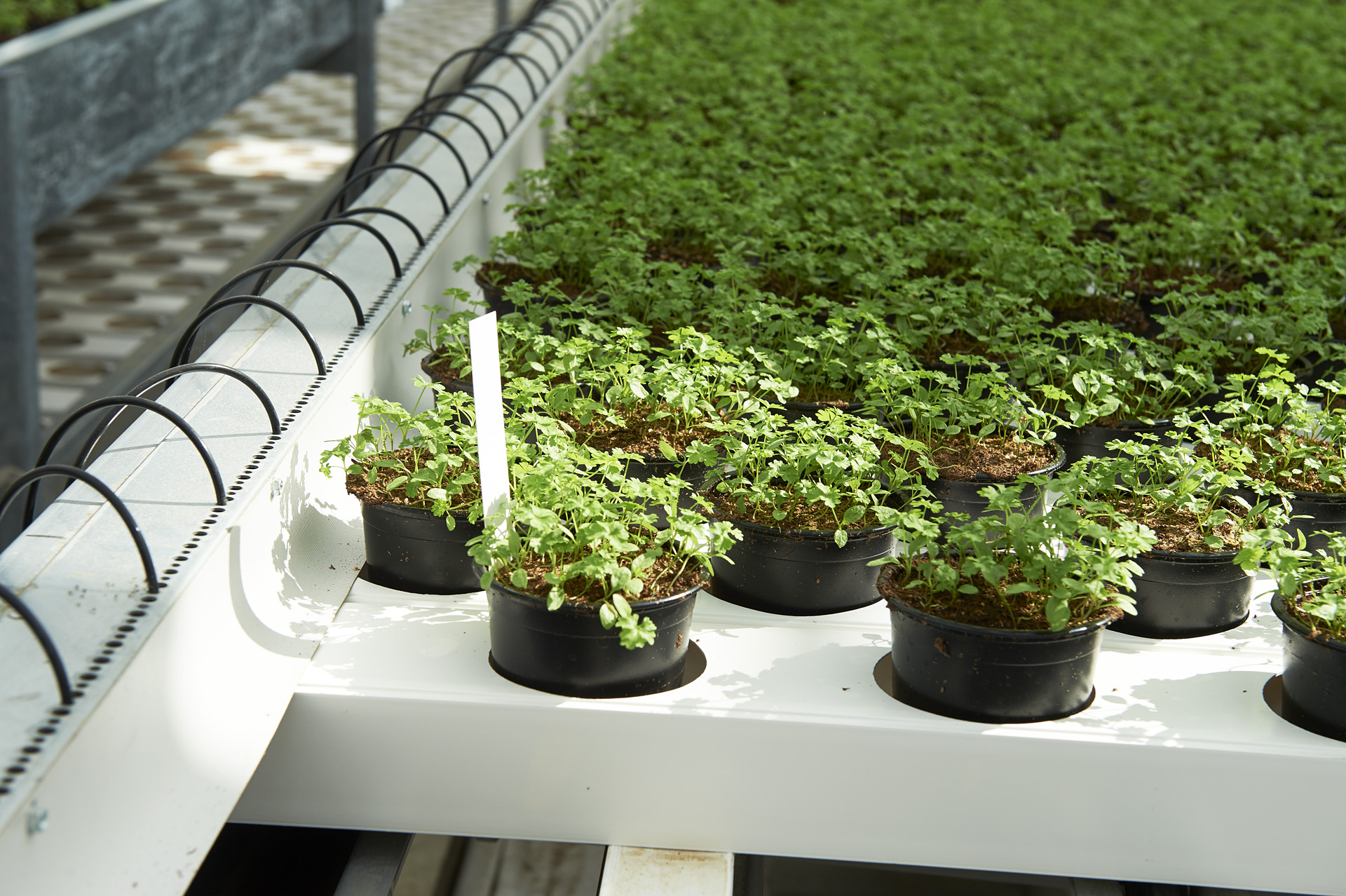The Best Crops to Grow in Vertical Farming
To thrive in Vertical Farming, selecting the right crops is crucial. Viemose DGS is here to guide you through this process as it will shape the success of your venture.
Choosing the best crops to grow in Vertical Farming means weighing factors like environmental conditions, available resources, and market demand.
In this article, we will explore the key considerations for crop selection, including identifying the most suitable plants for our cultivation systems.
A Wide Range of Crops in Vertical Farming
Our Vertical Farming System allows for the cultivation of a wide range of crops, but certain types are particularly well-suited. Some common types of crops that thrive in our Vertical Farming Systems include:
- Leafy Greens: Lettuce, kale, spinach, arugula, and other leafy greens are popular choices due to their compact growth and short harvest cycles.
- Herbs: Basil, parsley, mint, spinach, coriander, lemon grass, and other herbs are well-suited for our Vertical Farming Systems. They often have a high demand, and their compact nature makes them ideal for vertical cultivation.
- Microgreens: Microgreens are young, tender plants harvested at an early stage. They are nutrient-dense and commonly include varieties like radish, broccoli, mustard, and sunflower.
- Radishes: Radishes, especially smaller varieties, can be grown in vertical systems. Their relatively short growing cycle makes them a practical choice for vertical farming.
- Green Beans: Bush varieties of green beans are well-suited for vertical farming. Vertical support structures can help maximize the use of available space.
- Chard and Swiss Chard: Chard and Swiss chard are leafy vegetables that adapt well to vertical farming systems, offering a variety of colorful and nutritious options.
Essentially, the suitability of crops for our system depends on factors such as their growth habits, space requirements, and adaptability to vertical systems. As the technology and techniques in our Vertical Farming Systems continue to evolve, the range of crops that can be successfully grown may expand.

What to Consider when Choosing Crops in Vertical Farming?
Automation and Market Demand for Crops in Vertical Farming
We carefully assess the compatibility of crops with our automation systems, as certain crops are better suited for automated planting, harvesting, and monitoring. This helps improve overall efficiency.
Lighting, Growth, and Space Considerations
Different crops have varying light requirements, so we prioritize selecting the best crops to grow in vertical farming that thrive under the artificial lighting systems we use, such as LED grow lights. Factors like light spectrum, intensity, and duration are carefully considered to promote optimal growth.
We also choose crops with growth cycles that align with your production goals. Some crops mature quickly and are ideal for short-term cultivation, while others take more time to reach harvest. It’s important to assess which crops fit best with your desired production timeline.
For space efficiency, we focus on crops that grow well in compact areas and have a vertical growth habit. Leafy greens, herbs, and certain berries are among the best crops for vertical farming due to their ability to grow efficiently in small spaces.

Additional Factors to Consider
Our Expertise in Choosing the Best Crops for Vertical Farming
By carefully weighing these various factors, our valued customers can strategically select a varied bag of crops that not only correspond to but also enhance the inherent potential of our Vertical Farming System.
With our expertise, Viemose DGS helps you make informed choices that boost yield, profitability, and efficiency in Vertical Farming.





